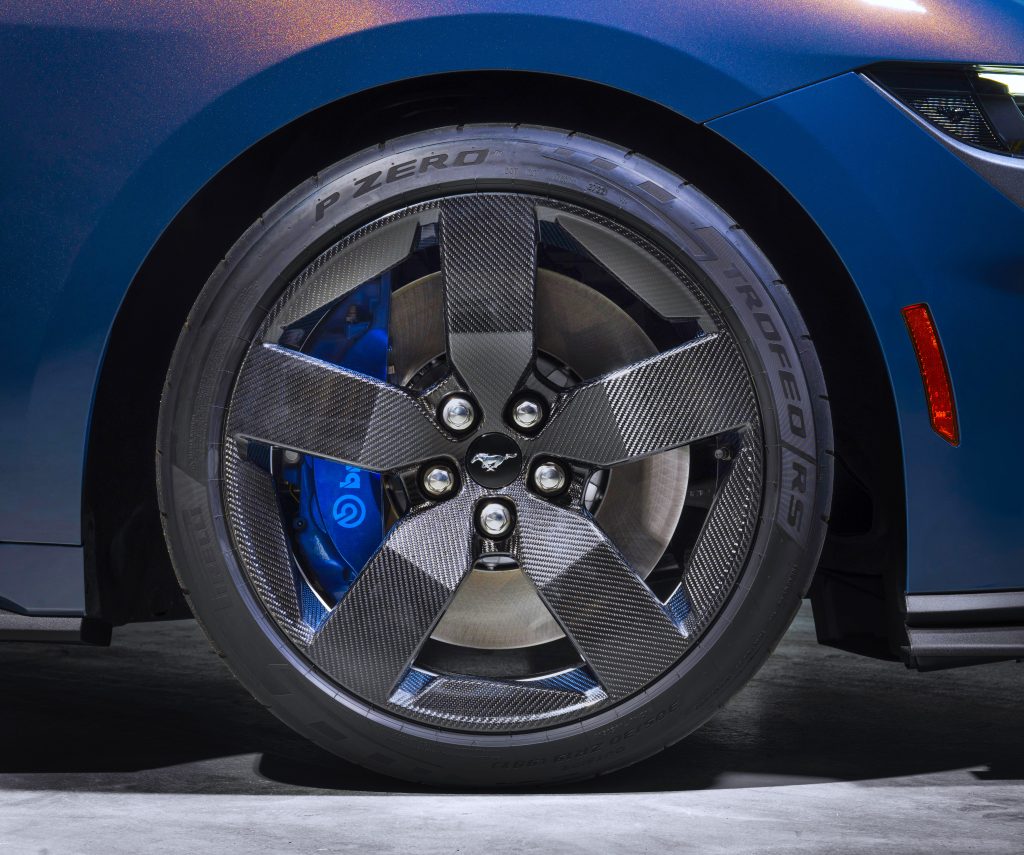As the automotive industry continues to evolve, the focus on sustainability has become more pronounced than ever. A pivotal aspect of this transformation is the integration of green technologies into composite materials used in vehicle manufacturing.
These innovations not only enhance fuel efficiency and performance but also contribute significantly to reducing the environmental impact of the automotive sector. In this article, we will delve into the various advancements in the use of green technologies in composites for the automotive industry.
Nick Smith, Technical Director at SHD Composites talks us through his insights on bringing sustainable solutions into this sector. “Pressure is on the automotive industry from multiple angles to measure and improve all aspects of sustainability over the whole life of vehicles from manufacture to end of life and onwards to the next generation of vehicles by recycling materials for reuse.
Lightweight and High-Strength Composites
The automotive industry has long recognized the importance of lightweight materials for improving fuel efficiency and reducing emissions. Green technologies have ushered in a new era of lightweight and high-strength composite materials that replace traditional materials like steel and aluminium.
Carbon fibre-reinforced composites, for instance, are being increasingly used in the construction of vehicle components, including body panels, chassis, and interiors. These materials offer a remarkable strength-to-weight ratio, enhancing both fuel efficiency and overall performance.
Sustainable Composite Materials
Traditional automotive materials, such as fiberglass and certain plastics, can have significant environmental drawbacks. Green technologies have introduced sustainable composite materials derived from renewable resources like natural fibres, biopolymers, and recycled composites.
Manufacturers are now incorporating materials like flax, hemp, and recycled plastics into composites for various automotive applications. This shift not only reduces the reliance on non-renewable resources but also minimizes the carbon footprint associated with vehicle production.
Smith said: “Flax fibres are a valuable tool in CO2 reduction. Flax sequesters CO2 from the atmosphere hence the material is carbon negative before processing. For non-structural parts, flax is also less dense than carbon or glass so for a like-for like thickness, the use of flax will reduce weight. For structural parts, intelligent design and hybrid structures can yield equivalent mechanical properties with a much reduce CO2 burden.”
Recycled and Recyclable Composites
The automotive industry is increasingly adopting circular economy principles by incorporating recycled and recyclable composites into vehicle design. Post-consumer recycled materials, including recycled carbon fibre and plastics, are being used in the manufacturing of automotive components.
Recyclable composites enable easier end-of-life vehicle disposal and reduce the overall environmental impact of the automotive industry. This approach aligns with the growing emphasis on sustainability and resource conservation.
“At SHD, when developing materials for sustainability, every effort is taken to consider sources of environmental impact in the manufacture and use of the product,” says Smith.
“For example, not only the use of natural fibres such as flax and the use of bio-based resins but also modification of the formulation to remove the need for frozen storage and optimisation of the material to use without an autoclave. Also, the reduction of packaging material and use of recycled materials has an impact that needs to be accounted for.”

For decades, the aerospace industry has treated turbine blade materials subject to extreme heat with ceramic coatings to help improve durability. Similar technology is used in top-tier open-wheel racing environments. A proprietary thermal barrier coating system has been developed by Carbon Revolution which tailors its plasma spray deposition technology to provide a thermal protection solution for carbon fiber wheels.
Green Resins and Binders
The resins and binders used in composite manufacturing have traditionally been petroleum-based, contributing to environmental concerns. Green technologies have introduced bio-based resins derived from plant-based sources, such as soybeans and corn, as well as eco-friendly binders.
These sustainable alternatives not only exhibit similar mechanical properties to traditional resins but also reduce the carbon footprint of composite production. Green resins contribute to a more environmentally friendly manufacturing process without compromising the performance of composite materials.
Energy-Efficient Manufacturing Processes
Green technologies are not limited to material composition; they extend to the manufacturing processes themselves. Advanced techniques such as automated manufacturing, 3D printing, and innovative curing methods are reducing energy consumption and waste in the production of composite automotive components.
These energy-efficient processes not only contribute to environmental sustainability but also lead to cost savings for manufacturers. As the automotive industry adopts these technologies, the overall ecological impact of vehicle production is diminished.

Driving to a Green Future
As consumers and regulatory bodies increasingly prioritize sustainability, automakers are under pressure to adopt green technologies in their manufacturing processes. The progress in the use of green technologies in composites for the automotive industry not only aligns with these evolving expectations but also paves the way for a more eco-friendly, efficient, and innovative automotive sector.
Smith says: “Achieving a sustainable vehicle build requires a holistic approach. Simply swapping synthetic composites for a green equivalent will not yield true sustainability.
“All aspects of the life cycle of the selected materials must be considered before selecting material along with the mechanical performance, durability, weight and recyclability. Only a design considering all of these aspects will deliver a truly sustainable design”
The integration of green technologies into composites for the automotive industry represents a pivotal step toward a more sustainable and environmentally conscious future. From lightweight and high-strength materials to sustainable composites, recycled content, green resins, and energy-efficient manufacturing, these advancements are reshaping the automotive landscape.
